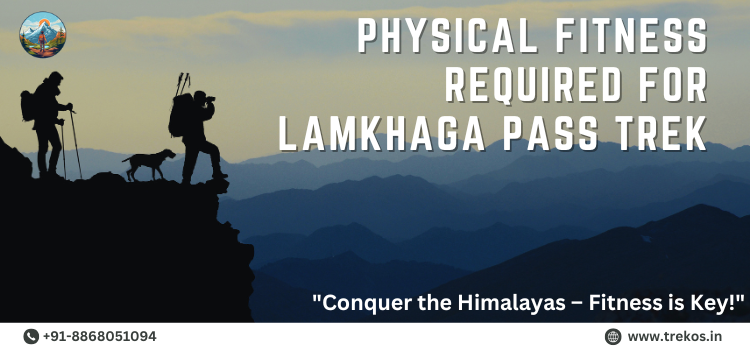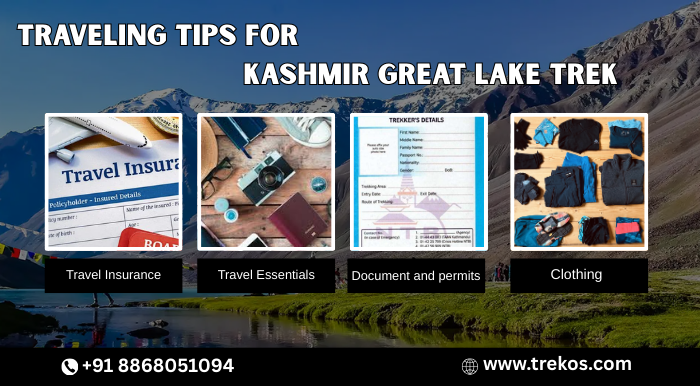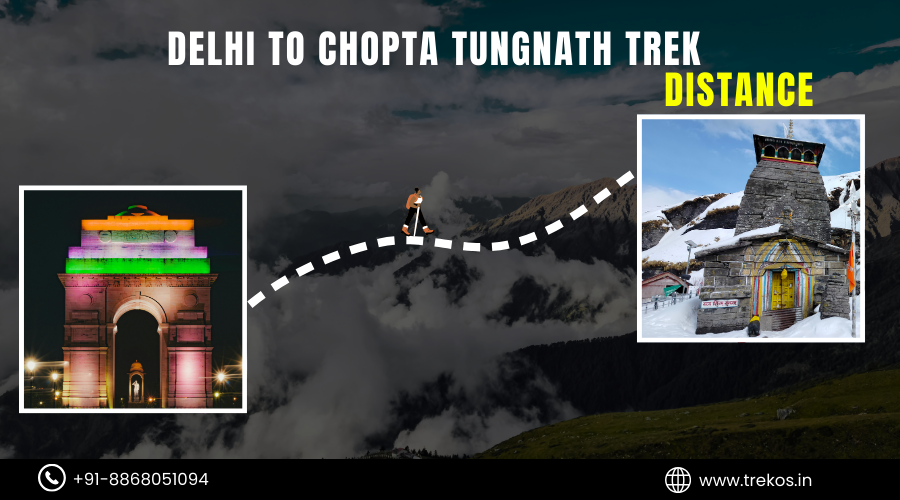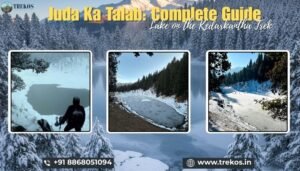ABOUT
The Lamkhaga Pass Trek is one of the most challenging trek with high altitude in the Indian Himalayas. It connects Kinnaur Valley to Harsil Valley. Lamkhaga Pass trek is situated at a high altitude of 5,282 meters (17,320 feet). Due to its weather conditions trekkers need excellent physical fitness, endurance and mental resilience to complete it successfully. A high level of physical fitness required for Lamkhaga Pass Trek, as it involves challenging terrain, steep ascents and extreme weather conditions.
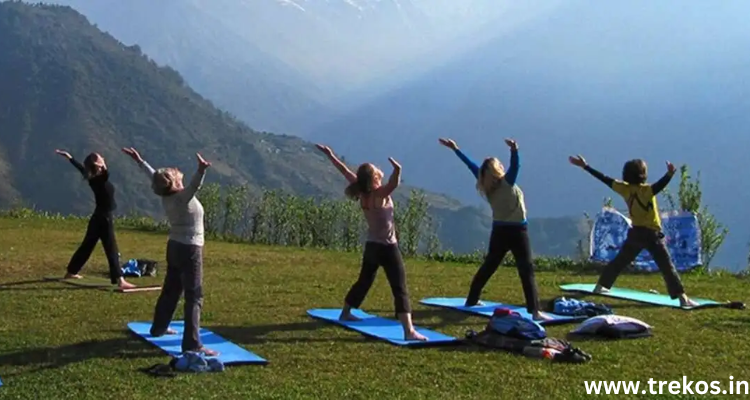
Physical Fitness Required For Lamkhaga Pass Trek:
1. Cardiovascular Endurance
Since the trek demands long hours of trekking in harsh conditions, a strong cardiovascular system and overall physical fitness required for Lamkhaga Pass Trek. The trek involves long hours of walking on steep ascents and descents at high altitudes, cardiovascular endurance is very crucial. Trekkers should be able to sustain moderate to intense activity for extended periods.
Recommended Fitness Level:
- You should have ability to run 5 km in under 30 minutes
- You should walk or jog for 45-60 minutes without excessive fatigue
- Cycling or swimming for 1 hour continuously
Training Suggestions:
- Running & Jogging: Start with 2-3 km daily and gradually increase the distance.
- Cycling & Swimming: You should engage in these activities at least 3-4 times a week to build endurance.
- Skipping & Stair Climbing: These will help you to improve stamina and leg strength.
2. Strength & Muscle Endurance
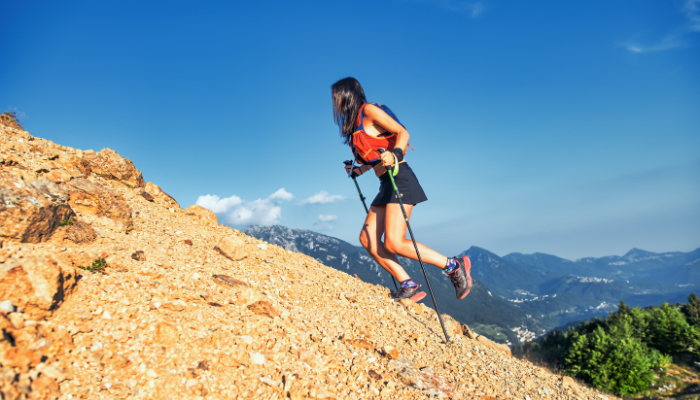
The Lamkhaga Pass Trek involves steep inclines, snowfields and glacial terrain, which demands significant lower-body and core strength. Carrying a backpack of 8-12 kg further increases the physical strain.
Recommended Strength Levels:
- You should have ability to do 50+ squats continuously
- You should have ability to do 20+ push-ups in a single set
- You should carry a 10 kg backpack for 6-8 hours of walking
Training Suggestions:
- Leg Workouts: Squats, lunges, and step-ups to strengthen thighs and calves.
- Core Strengthening: Planks, sit-ups, and Russian twists to improve balance.
- Upper Body Exercises: Push-ups, pull-ups, and shoulder presses to support backpack weight.
3. Acclimatization & Altitude Preparedness
The Lamkhaga Pass Trek is at high altitude so the oxygen levels drop significantly that makes breathing difficult. Symptoms of Acute Mountain Sickness(AMS) like headaches, dizziness, nausea and breathlessness are common if trekkers are not well prepared.
Recommended Acclimatization Ability:
- You should have experience of at least one high altitude trek (above 3,500 meters) before attempting Lamkhaga Pass Trek.
- You should have the ability to trek at high altitudes without excessive breathlessness.
Training Suggestions:
- Hiking at High Altitudes: Practice trekking in areas above 3,000 meters.
- Breathing Exercises: Pranayama, deep breathing, and oxygen efficiency drills help improve lung capacity.
- Spending Time in Low Oxygen Environments: Climbing stairs or using altitude masks can help simulate conditions.
4.Flexibility & Mobility
In Lamkhaga Pass Trek, due to its uneven terrain, river crossings and technical sections good flexibility is essential to prevent injuries.
Recommended Mobility Levels:
- You should have the ability to touch your toes without bending your knees.
- You should have smooth hip and knee movements without stiffness.
Training Suggestions:
- Yoga & Stretching Routines: Focus on hamstrings, calves, lower back, and hip flexibility.
- Dynamic Stretching: Leg swings, lunges, and shoulder rotations before workouts.
- Foam Rolling: Helps reduce muscle tightness and improves recovery.
5. Mental Strength & Endurance
The Lamkhaga Pass trek is mentally challenging, with long trekking hours, harsh weather, and tough terrain. Trekkers need strong mental endurance to push through discomfort and exhaustion.
Recommended Mental Resilience:
- You should have the ability to walk 6-8 hours daily for multiple days.
- You should have the willingness to trek in extreme conditions (cold, wind, snow or rain).
Training Suggestions:
- Practice Multi-Day Treks: Go on smaller treks before attempting Lamkhaga.
- Visualization & Mindfulness: Train the mind to stay positive and focused.
- Push Endurance Limits: Train in challenging environments, like hills or forests.
6. Packing & Backpacking Fitness
Lamkhaga Pass Trek is a self sustained trek, trekkers carry essential gear, including clothes, sleeping bags, food and water. A good backpacking fitness level is necessary.
Recommended Ability:
- You should carry a 10-12 kg backpack over long distances.
- You should walk for 8-10 hours a day with a loaded pack.
Training Suggestions:
- Backpack Training: Walk with 5–10 kg weight for increasing durations.
- Strength Training for Shoulders & Back: Rows, deadlifts, and shoulder presses.
- Balance & Stability Training: Single-leg squats and agility drills.
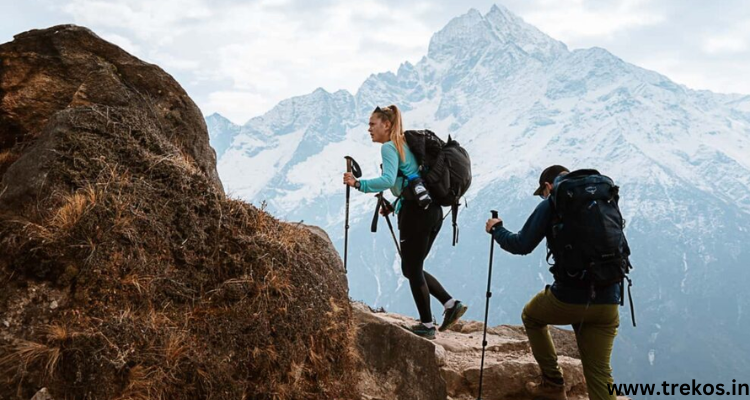
CONCLUSION
The Lamkhaga Pass Trek is a physically and mentally demanding adventure that rewards trekkers with stunning Himalayan landscapes, challenging terrains and an unforgettable experience. To ensure a successful trek, train consistently for a least 2-3 months, focusing on endurance, strength, acclimatization and mental resilience. Without the necessary physical fitness required for Lamkhaga Pass trek, trekkers may struggle with altitude sickness and exhaustion on the difficult route.
Proper preparation will not only help you to complete the trek safely but also allow you to enjoy the journey to the fullest.
FAQs Related to Physical Fitness Required For Lamkhaga Pass Trek
- How fit do I need to be for the Lamkhaga Pass Trek?
Ans. You should be able to run 5 km in under 30 minutes, carry a 10 kg backpack, and trek 10–12 km daily.
- Is the trek suitable for beginners?
Ans. No, prior high-altitude trekking experience (above 3,500m) is required.
- What exercises should I do to prepare?
Ans. Focus on running, strength training (squats, push-ups), hiking practice, and breathing exercises.
- How long do we trek each day?
Ans. Expect 6–8 hours of trekking daily, covering 8–12 km.
- Is flexibility important?
Ans. Yes! Stretching, yoga, and mobility drills help prevent injuries on rocky terrains.

